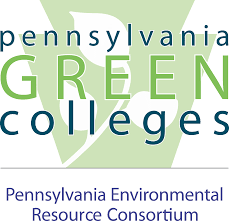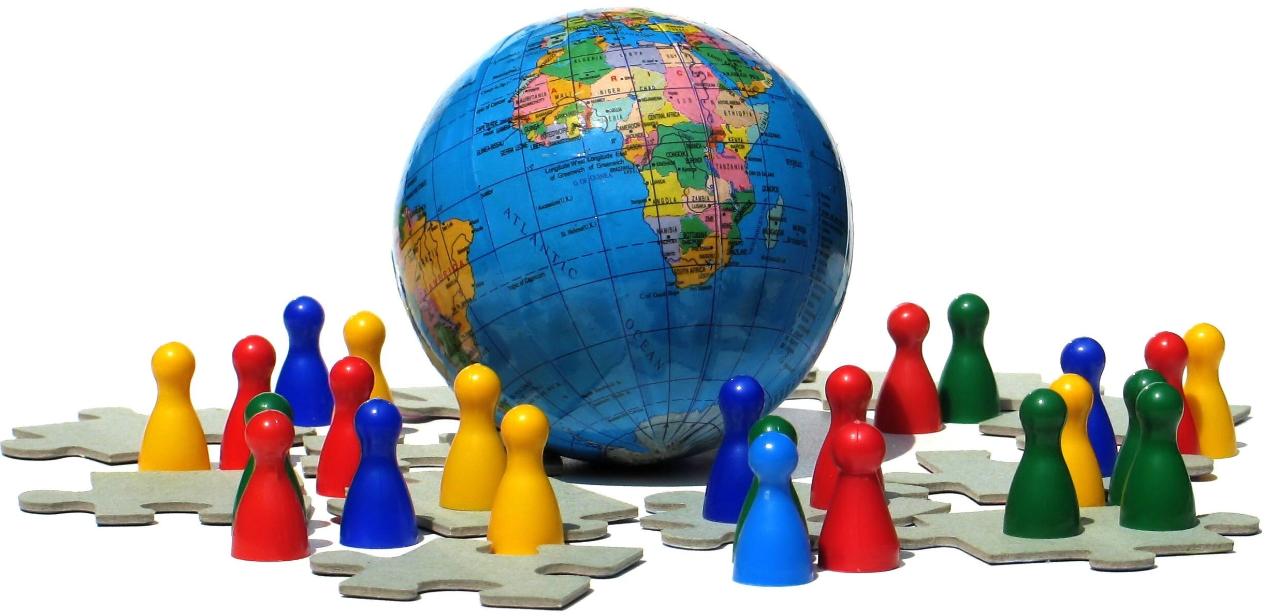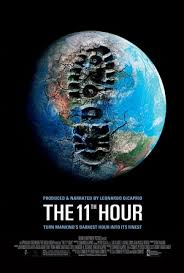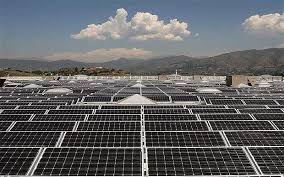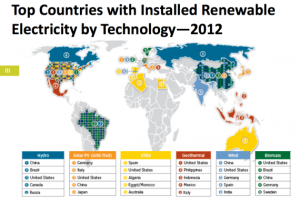This past Friday, a few other Dickinson students and I attended the PERC Student Sustainability Symposium at Becknell. This year was the second annual symposium where students from schools in Pennsylvania come together to share sustainability initiatives that are taking place at their schools. We had people from Dickinson talking about the Energy Challenge, Athletic EcoReps, the biodiesel shop, the CAT, among other initiatives and research happening.
Students can present in one of three styles; a presentation, a poster, or hold a round table discussion. I wasn’t really sure what to expect since I have never been to this event before so I took the easy way out and submitted an abstract to present the Global Climate Change Mosaic as a poster. During the opening remarks they relayed the message that there were only four people holding round tables and that if anyone was interested in doing so, they were more than welcome to. Within a few minutes I made a decision to prepare a round table discussion. I am glad I pushed myself outside of my comfort zone to make that decision because once I was talking about the mosaic and engaging with other students I was comfortable and pleased.
I started by talking about the Mosaic, what exactly we did, and a few other climate related things such as our Climate Action Plan. Then, I asked the others at my table what they have in terms of classes that pertain to climate change, organizations, outreach, energy challenges, etc.. From there I took a poster and split it into two sections: “worked well” and “needs improvement”. We spent the remainder of our time from focusing on the fact that often times there is a part of the student body who is invested and passionate about environmental concerns and a large portion that is not. We talked about what our schools have done that has worked well and what needs improvement.
In all, the day was extremely insightful and inspiring. I was able to see what sort of things other schools may be doing that we aren’t and what sorts of things have succeeded or failed. At the conclusion of the conference many of the students had a conversation about how to we further this connection and information base. How do we take the PERC symposium from being a once a year thing to an around the year sharing source?

